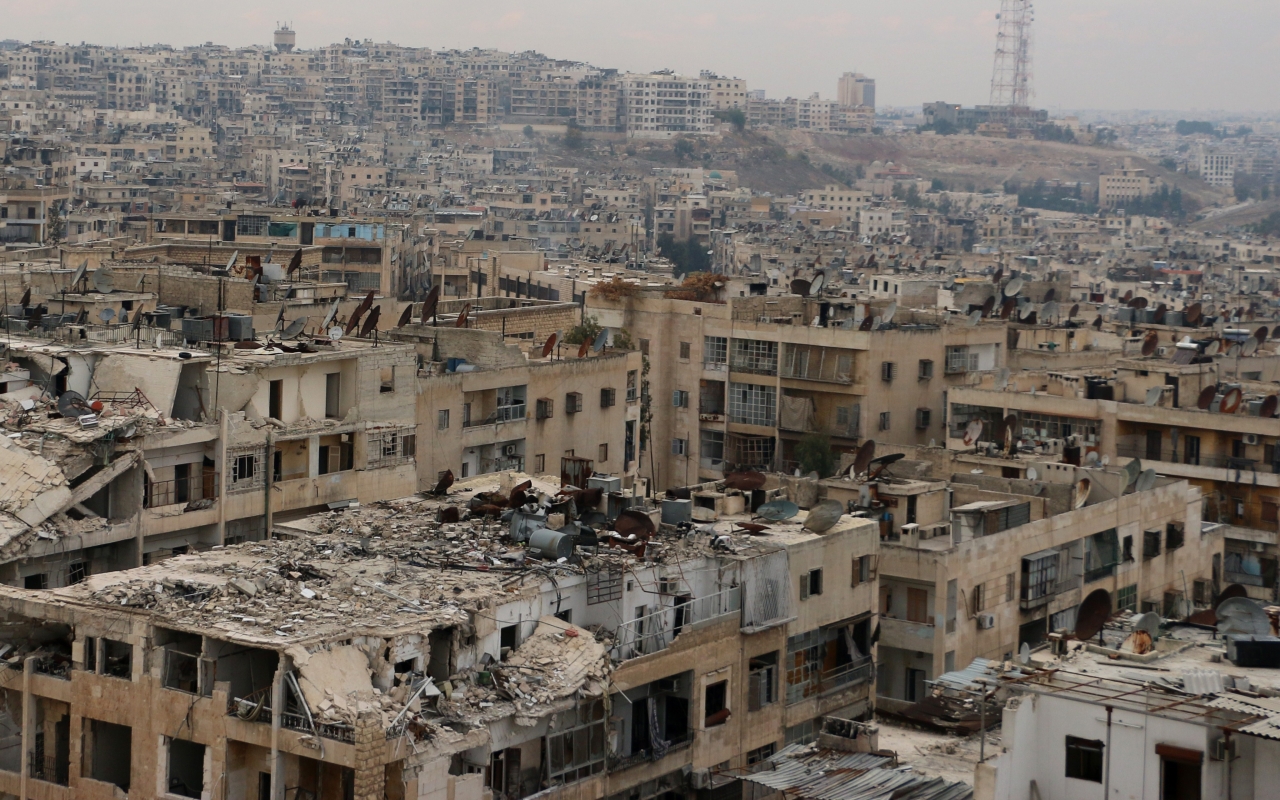
U.S. Army Major Amos Fox has published a very intriguing analysis in the Association of the U.S. Army’s Institute of Land Warfare Landpower Essay series, titled “The Reemergence of the Siege: An Assessment of Trends in Modern Land Warfare.” Building upon some of his previous work (here and here), Fox makes a case that sieges have again become a salient feature in modern warfare: “a brief survey of history illustrates that the siege is a defining feature of the late 20th and early 21st centuries; perhaps today is the siege’s golden era.”
Noting that neither U.S. Army nor joint doctrine currently addresses sieges, Fox adopts the dictionary definition: “A military blockade of a city or fortified place to compel it to surrender, or a persistent or serious attack.” He also draws a distinction between a siege and siege warfare; “siege warfare implies a way of battle, whereas a siege implies one tool of many in the kitbag of warfare.” [original emphasis]
He characterizes modern sieges thusly:
The contemporary siege is a blending of the traditional definition with concentric attacks. The modern siege is not necessarily characterized by a blockade, but more by an isolation of an adversary through encirclement while maintaining sufficient firepower against the besieged to ensure steady pressure. The modern siege can be terrain-focused, enemy-focused or a blending of the two, depending on the action of the besieged and the goal of the attacker. The goal of the siege is either to achieve a decision, whether politically or militarily, or to slowly destroy the besieged.
He cites the siege of Sarajevo (1992-1996) as the first example of the modern phenomenon. Other cases include Grozny (1999-2000); Aleppo, Ghouta, Kobani, Raqaa, and Deir Ezzor in Syria (2012 to 2018); Mosul (2016-2017); and Ilovaisk, Second Donetsk Airport, and Debal’tseve in the Ukraine (2014-present).
Fox notes that employing sieges carries significant risk. Most occur in urban areas. The restrictive nature of this terrain serves as a combat multiplier for inferior forces, allowing them to defend effectively against a much larger adversary. This can raise the potential military costs of conducting a siege beyond what an attacker is willing or able to afford.
Modern sieges also risk incurring significant political costs through collateral civilian deaths or infrastructure damage that could lead to a loss of international credibility or domestic support for governments that attempt them.
However, Fox identifies a powerful incentive that can override these disadvantages: when skillfully executed, a siege affords an opportunity for an attacker to contain and tie down defending forces, which can then be methodically destroyed. Despite the risks, he believes the apparent battlefield decisiveness of recent sieges means they will remain part of modern warfare.
Given modern sieges’ destructiveness and sharp impact on the populations on which they are waged, almost all actors (to include the United States) demonstrate a clear willingness—politically and militarily—to flatten cities and inflict massive suffering on besieged populations in order to capitalize on the opportunities associated with having their adversaries centralized.
Fox argues that sieges will be a primary tactic employed by proxy military forces, which are currently being used effectively by a variety of state actors in the Eastern Europe and the Middle East. “[A]s long as intermediaries are doing the majority of fighting and dying within a siege—or holding the line for the siege—it is a tactic that will continue to populate current and future battlefields.”
This is an excellent analysis. Go check it out.








 We are trying something new today, well, new for TDI anyway. This edition of TDI Friday Read will offer a selection of links to items we think may be of interest to our readers. We found them interesting but have not had the opportunity to offer observations or commentary about them. Hopefully you may find them useful or interesting as well.
We are trying something new today, well, new for TDI anyway. This edition of TDI Friday Read will offer a selection of links to items we think may be of interest to our readers. We found them interesting but have not had the opportunity to offer observations or commentary about them. Hopefully you may find them useful or interesting as well.